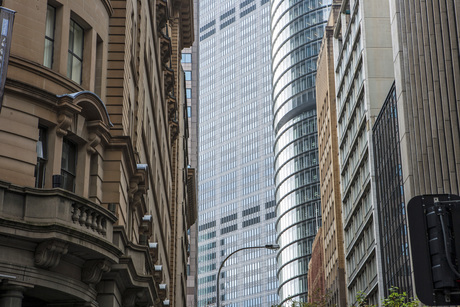Operational Waste Guidelines boosting recycling rates

The City of Sydney’s Better Building Partnership (BBP) has only recently released its Operational Waste Guidelines to the public, yet the program is already having a significant impact on Sydney’s commercial building owners.
The guidelines are said to help property managers better classify waste, implement a management plan and create performance targets. They have been welcomed by Lord Mayor Clover Moore, who believes they will help reduce the amount of waste which currently comes from the City’s commercial and industrial buildings (currently 52%).
BBP Waste working group chair Jon Collinge said the guidelines have had a rapid uptake because they are easily adapted for different building types and business needs.
“The techniques to save energy and manage waste are different for every building,” Collinge explained. “That’s why we have developed a practical toolkit that recognises not all buildings are the same, and that needs and uses change over time.
“The new waste guidelines have been developed using the BBP’s direct experience and the expertise of its world-leading commercial landlord and property manager members, and are a valuable tool to help commercial buildings make a significant difference to the environment and their bottom line.”
Property group GPT has doubled its recycling rate since becoming one of the first companies to adopt the guidelines two years ago. The company last year picked up a swathe of environmental awards, including a Banksia Award and a Green Globe, and is rated number one on the Dow Jones Sustainability Index for 2014–15.
“A more detailed, accurate and transparent approach to waste management is resulting in better decisions leading to higher recycling rates and lower costs,” said GPT’s national manager energy performance, Steve Ford.
“Some assets have more than doubled their recycling rates while cutting costs by around 10%, and there is room for further improvements.”
The environmental sustainability manager at the Sydney Opera House, Naomi Martin, meanwhile said the performing arts centre had been looking for a way to better manage its waste and has used the BBP’s guidelines to do that.
“Having a best-practice operational waste management plan template prompted the Opera House, and our cleaning and waste partners, to document and clarify a number of items relating to our processes, responsibilities and targets,” Martin said.
“The outcome is an improved understanding of our current practices and a plan on how to address opportunities identified during the process.”
Esther Bailey, City of Sydney sustainability programs team leader — buildings, said the guidelines will bring much-needed consistency in assessing waste reduction in the commercial sector.
“While we applaud the state government’s target for this sector of 70% waste reduction by 2020, it has always been challenging to monitor commercial waste,” she said.
“Rapid population growth in our cities means that by about 2021 our landfill sites will be full, with the nearest facility 250 km away. We are asking businesses of all sizes to pick up these guidelines to make a real difference and help us accurately measure commercial waste.”
To view the Operational Waste Guidelines, click here.
Circularity needed at scale for Aust building industry
Australia has the highest material footprint of the G20, more than 31 tonnes per person. Doubling...
Textile recycler BlockTexx wins Gold for sustainability
BlockTexx, a clean technology company that recovers polyester and cellulose from textiles and...
NSW passes legislation to mandate battery recycling
The passing of the Product Lifecycle Responsibility Bill in New South Wales is said to...










